Clean rooms are enclosed spaces inside which the level of contamination and pollutants like chemical vapors, dust and airborne microbes are reduced and controlled. Cleanrooms also control a wide range of environmental aspects and atmospheric conditions, such as air pressure, humidity, moisture and temperature. Read More…
As a manufacturer of clean rooms, including inplant modular offices, exterior steel buildings, guard buildings, fork liftable and crane liftable buildings, multi-level buildings and mezzanines, Abtech offers turnkey installations or packages for install by end user. Our modular structures are constructed of steel, are free-standing & manufactured under strict quality control methods.

For the very best of clean rooms, look no further than Clean Rooms International! We can provide the ultimate in quality, customer service, durability, and unique designs just for you!
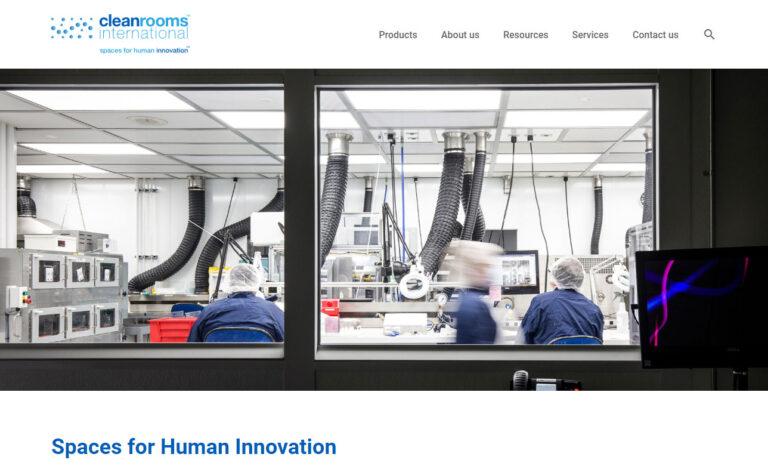
Cleanrooms By United is the industry’s premier manufacturer of modular clean room systems. We design, manufacture and install our clean rooms to meet our customers’ unique requirements. The custom, flexible, modular construction of our cleanrooms makes them easy to expand, reconfigure, or relocate as your cleanroom needs evolve.
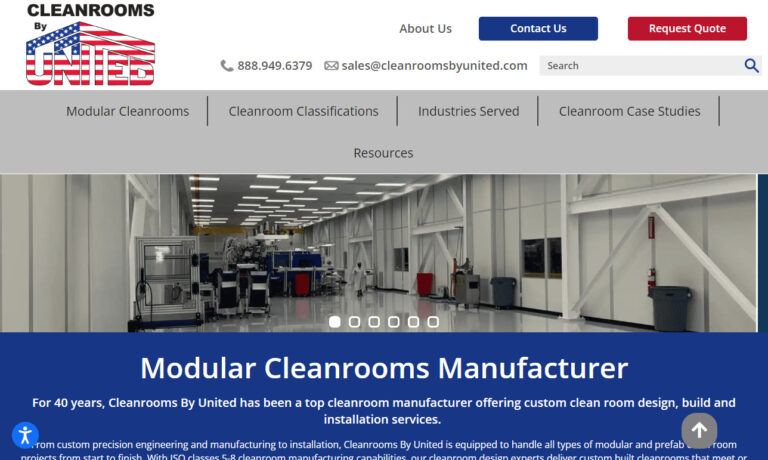
Atmos-Tech Industries is a designer and manufacturer of cleanrooms and equipment for industries, including health care, pharmaceutical aerospace and automotive.
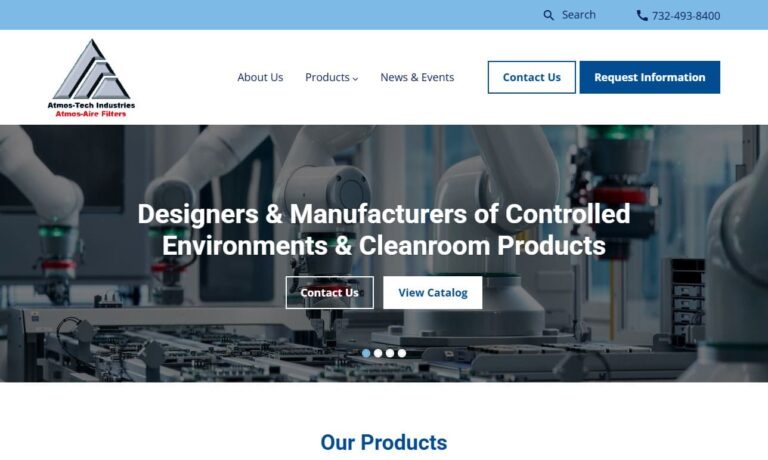
At MayAir Inc., we specialize in designing, engineering, and manufacturing high-performance clean rooms tailored to meet the most stringent contamination control requirements. With years of expertise, we provide comprehensive clean room solutions for various industries, including pharmaceuticals, electronics, biotechnology, and healthcare.

Our complete line of clean rooms will meet your needs. We are the experts of the clean room industry and our engineers can work with you to determine which clean room models work best for your business. We offer a variety of softwall, bio-clean, hardwall, and micro-clean options, all of which are manufactured with the highest standards. You will not be upset with our products. Contact us for more ...

Since 1976, we at Mitchell Technical Sales have been dedicated to delivering excellence in quality cleanroom design, manufacturing, installation, certification, and maintenance. Our journey has been marked by innovation and expertise, ensuring that every project we undertake reflects our commitment to precision and cutting-edge solutions.
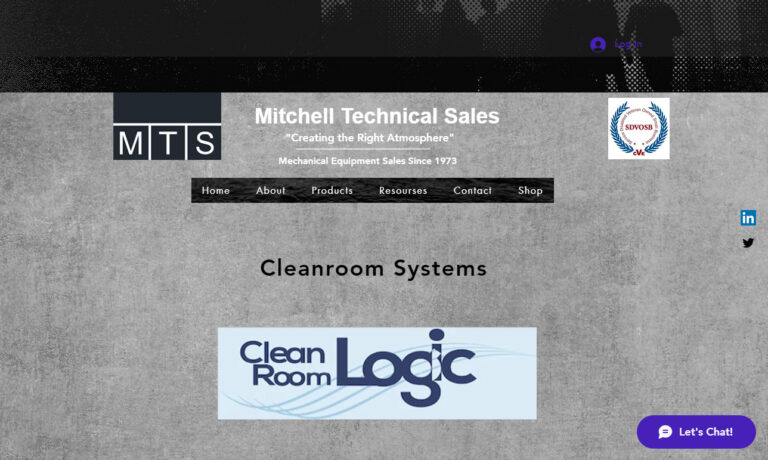
More Clean Rooms Manufacturers
Clean rooms are specialized controlled environments designed to enable the development, manufacturing, and testing of critical components and products without contamination concerns. Controlled environments like these are fundamental to industries where even microscopic particles, airborne microbes, or chemical vapors can compromise quality, functionality, or safety. Clean rooms support users in replicating precise environmental conditions—such as air pressure, temperature, humidity, and even gravity—mirroring those an item will encounter in its intended application. For example, aerospace engineers can construct clean rooms that simulate specific conditions an aircraft or spacecraft may face in operation, ensuring thorough testing and more accurate results.
Maintaining the integrity of clean rooms is vital for sectors that require immaculate air quality and near-zero particle environments. These applications include, but are not limited to, precision optics, aerospace assembly, semiconductor manufacturing, medical device production, biotechnology research, software engineering, pharmaceutical development, infectious disease diagnostics, and a wide range of medical research and high-purity product testing operations.
History of Clean Rooms
Cleanroom technology—now a standard in precision manufacturing and scientific research—emerged as a solution to the ever-increasing demand for contamination control in sensitive industries. The modern clean room was pioneered in 1960 by American physicist Willis Whitfield, while working at Sandia National Laboratories in New Mexico. Charged with the task of eliminating airborne contamination that hampered critical projects, Whitfield revolutionized the landscape for industries such as aerospace, biotechnology, semiconductor fabrication, and medical device production. In these fields, even nanometer-scale particles could cause catastrophic failures or render expensive devices useless.
The Pre-Cleanroom Era: A Struggle with Contamination
Prior to Whitfield’s innovations, manufacturers and researchers faced persistent challenges from airborne contaminants. As technology advanced in the 1950s and device sizes shrank—think of early semiconductors, transistors, or gyroscopes—the need for absolute cleanliness became critical. Contaminants as small as 0.5 microns, invisible to the human eye, could cause short circuits, structural failures, or biological hazards. Early “clean” spaces were inconsistent and unreliable, relying on basic air filtration and ad hoc gowning protocols. Airflow was unpredictable, resulting in contamination levels far above today’s standards, and even the best filtration systems of the era trapped only 50-70% of submicron particles. This often led to high product failure rates and compromised research outcomes.
Whitfield’s Revolution: The Birth of the Modern Cleanroom
Whitfield’s breakthrough centered on the principle of laminar airflow combined with high-efficiency HEPA filtration. By forcing air through ceiling-mounted HEPA filters and creating a downward, unidirectional flow, contaminants were continually swept away from critical workspaces. Positive air pressure was introduced to prevent unfiltered air from infiltrating the room, while full-body suits for workers dramatically reduced human-borne particle emissions. The dramatic reduction in contamination—down from 10,000+ particles/ft³ to fewer than 100—ushered in a new era of quality and reliability in manufacturing and research. Sandia patented the design in 1964, and its impact was immediate: microchip yields soared, medical sterility improved, and a new industry standard was born.
Modern Cleanroom Technology: A Legacy Expanded
Today, cleanrooms are essential in sectors ranging from microelectronics and aerospace to pharmaceuticals and biotechnology. Modern clean rooms employ advanced HEPA and ULPA filtration, real-time environmental monitoring, and sustainable HVAC designs to achieve and maintain rigorous cleanliness standards. ISO 14644-1 defines cleanroom classifications from ISO 1 (<10 particles/m³) to ISO 9 (~1,000,000 particles/m³), with state-of-the-art facilities regularly meeting Class ISO 3-5 for semiconductor fabrication and ISO 5-7 for pharmaceutical and biotech applications. Automation, robotics, and AI-driven environmental controls are increasingly integrated into cleanroom systems, boosting efficiency, consistency, and traceability.
2025 Innovations and Impact
By 2025, the global cleanroom industry is projected to exceed $10 billion, fueled by growth in semiconductor manufacturing, advanced medical research, and the expanding demands of nanotechnology and biotechnology. Modern cleanrooms feature automated particulate monitoring, robotic handling systems, and energy-efficient HVAC solutions that reduce operational costs and environmental impact. Facilities like TSMC’s semiconductor fabs and SpaceX’s spacecraft assembly lines are testaments to the scale and sophistication of contemporary cleanroom environments. Whitfield’s vision continues to shape the future, ensuring the highest standards for product reliability and safety.
Types of Clean Rooms
Softwall Cleanroom
Softwall cleanrooms are constructed with flexible, non-corrosive, non-fibrous wall materials—such as vinyl curtain strips or stretched fabric—supported by lightweight frames. These modular clean room systems can be quickly assembled and disassembled, making them ideal for temporary or rapidly changing production environments. While softwall cleanrooms are less expensive and highly portable, they are best suited for processes that require moderate contamination control. Additional equipment, such as HEPA or ULPA air filtration units, can be integrated to achieve higher levels of cleanliness for sensitive applications.
Hardwall Cleanroom
Hardwall cleanrooms use rigid panels—made from stainless steel, tempered glass, acrylic, or PVC—mounted on a strong, modular support frame. This design delivers a permanent cleanroom solution with superior control over environmental parameters such as temperature, humidity, and air pressure. Hardwall cleanrooms are the preferred choice for applications that demand the highest levels of cleanliness, sterility, and structural integrity, such as semiconductor fabrication, pharmaceutical production, and advanced optics assembly.
Clean Lab
Clean labs serve as specialized research environments for medical, pharmaceutical, and biotechnology applications. These laboratories provide tailored levels of contamination control and environmental management, with features such as HEPA-filtered airflow, positive or negative air pressure, and biohazard containment as needed. While not all clean labs require FDA validation, those involved in the manufacture of medical or pharmaceutical products must adhere to strict regulatory standards. Clean labs may be fixed installations or mobile units designed for field research or temporary deployments.
Positive Air Pressure Cleanroom
Positive pressure cleanrooms maintain a higher air pressure inside the room compared to adjacent spaces by continuously introducing filtered air. This prevents unfiltered air and contaminants from entering, making these environments ideal for the assembly and testing of sensitive products—such as electronic components, medical devices, and pharmaceuticals—where protection from external contaminants is critical. Positive air pressure cleanrooms are not suitable for handling hazardous or toxic materials, as air may escape into connecting areas.
Negative Air Pressure Cleanroom
Negative pressure cleanrooms are designed to contain hazardous substances by creating a pressure differential that draws air into the room, preventing contaminants from escaping. This is achieved by exhausting more air than is introduced, then replenishing with filtered air. These cleanrooms are essential for activities that involve biohazards, hazardous chemicals, or potentially explosive substances, such as infectious disease research, chemical synthesis, and handling of volatile compounds.
Modular Cleanroom
Modular clean rooms are constructed from pre-engineered, factory-cut components that are assembled on-site. Their modular design allows for quick installation, reconfiguration, expansion, and relocation—delivering unmatched flexibility and cost-effectiveness. Modular cleanrooms are widely adopted in manufacturing and R&D facilities where process requirements or production volumes change over time. They are particularly vital in the pharmaceutical, electronics, and biotechnology sectors, where frequent updates or scale-ups are common. Modular units can be tailored to meet ISO 5–8 cleanroom standards, with customizable air change rates, filtration systems, and environmental controls.
Portable Cleanroom
Portable cleanrooms are compact, mobile environments mounted on casters that facilitate rapid deployment and flexible positioning within a facility. The pharmaceutical industry often uses these portable cleanrooms for raw material quarantine, in-process testing, and quality assurance. Portable cleanrooms can be custom-built to meet ISO 5–8 standards and are available in a wide range of sizes, wall materials (solid, soft, or hybrid), and configurations for integration into existing workflows. Soft material strip walls allow for seamless movement of personnel and equipment, including forklifts.
Advantages of Modular Cleanrooms Over Stick-Built Cleanrooms
Evaluating cleanroom solutions requires careful budgeting and lifecycle analysis to maximize ROI and ensure long-term value. Key considerations include construction time, labor costs, maintenance requirements, environmental control quality, and flexibility for future adaptation. While stick-built cleanrooms constructed from permanent materials (e.g., drywall, concrete, custom ductwork) may appear cost-effective upfront, they often incur significant hidden expenses—especially when process or layout changes are needed. Modular cleanrooms consistently outperform traditional stick-built options in terms of flexibility, speed, scalability, and financial benefits.
Superior Flexibility of Modular Cleanrooms
Modular cleanrooms are engineered for adaptability. Their standardized, pre-fabricated panels and frames (aluminum, stainless steel, powder-coated steel) can be reconfigured, expanded, or relocated with minimal downtime. For example, a growing biotech firm can scale up from a 100 m² ISO 6 cleanroom to a 200 m² facility by simply adding modular components—without interrupting ongoing operations. This approach drastically reduces reconfiguration costs and enables rapid response to evolving production needs. In contrast, stick-built cleanrooms require invasive renovations, lengthy downtime, and higher labor costs for modification or expansion.
Faster Turnaround Time
Modular cleanrooms deliver construction timelines 30–50% shorter than stick-built alternatives. Standardized modules (pre-cut panels, pre-wired electricals, universal HEPA filter housings) enable rapid assembly—often in weeks instead of months. This speed translates into faster time-to-market, reduced production downtime, and accelerated ROI. For example, a semiconductor fabrication plant can save hundreds of thousands of dollars by reducing idle time during cleanroom upgrades or expansions. Additionally, modular construction minimizes dust and debris generation, streamlining post-build clean-up and allowing for immediate certification and operation.
Tax Advantages and Financial Benefits
Modular cleanrooms are considered capital equipment in many jurisdictions, qualifying for accelerated depreciation schedules (e.g., 5–7 years under MACRS in the U.S.) and potential Section 179 expensing. This results in significant tax savings and improved cash flow for businesses investing in cleanroom infrastructure. In contrast, stick-built cleanrooms are typically classified as building improvements, depreciated over much longer periods (e.g., 39 years in the U.S.), tying up capital and delaying financial benefits.
Why Modular Wins
In 2025, the global modular cleanroom market is valued at over $3 billion, outpacing stick-built alternatives in nearly every metric: 50% lower expansion costs, 40% less labor required, 20–30% greater tax efficiency, and rapid adaptability for ISO standards upgrades or process changes. Whether you’re outfitting a pharmaceutical lab, microelectronics fab, or aerospace assembly line, modular cleanrooms offer a future-proof solution that can scale with your business and evolving regulatory requirements.
A modular cleanroom system is worth the upfront investment if it exhibits these key characteristics:
Durability. High-pressure laminate (HPL) panels are a top choice for cleanroom walls and ceilings. With an exterior of robust plastic laminate and an inner core of resin-impregnated cellulose, HPL panels deliver non-porous, impact-resistant surfaces that maintain hygiene and resist wear. Their long lifespan and easy maintenance translate into significant cost savings over time.
Excellent Design. HPL panels are easily customized to accommodate cleanroom accessories—such as intercoms, switches, and air return grilles—without sacrificing structural integrity. Their anti-scratch surfaces maintain a pristine appearance, and leading modular cleanroom suppliers ensure strict compliance with GMP, FDA, and ISO standards to meet client-specific needs.
Easily Cleaned. HPL panels stand up to frequent sanitizing with aggressive cleaning agents, retaining structural integrity and resisting microbial growth—even after repeated use. This robust performance lowers maintenance costs and helps maintain compliance with stringent regulatory standards.
Clean Room Equipment Components
A fully functional cleanroom relies on a suite of carefully engineered equipment to achieve and maintain the desired purity levels. Key components include:
- Air Quality Control Systems: These systems—comprising multi-stage air filtration (HEPA/ULPA filters), fans, pumps, and ductwork—create and sustain laminar or turbulent airflow, removing particles, aerosols, and microbes from the environment.
- Laminar Flow Benches and Hoods: These specialized workstations provide localized zones of ultra-clean air, ideal for assembly, inspection, or packaging of sensitive components.
- Cleanroom Furniture: Cleanroom tables, chairs, and storage units are made from non-porous, easy-to-clean materials (stainless steel, powder-coated steel, polymer composites) to minimize particle accumulation.
- Personnel Air Showers: Air showers are small, enclosed rooms that remove dust and debris from staff clothing before entry, using high-velocity jets of filtered air.
- Cleanroom Attire: Operators must wear specialized garments—including coveralls, shoe covers, beard covers, bouffant caps, face masks, and gloves—to minimize human-borne contamination. Approved wipes and cleaning tools are also critical for maintaining particle-free surfaces.
Did you know? Human skin sheds up to 100,000 particles per minute while stationary—making proper gowning protocols and apparel selection essential for every cleanroom user.
Clean Room Benefits
Cleanrooms deliver a suite of benefits across multiple high-precision industries:
- Contamination Control: Cleanrooms drastically reduce the risk of malfunctions, defects, or failures caused by airborne particulates, microbes, or chemical vapors.
- Quality Assurance: By enabling the handling of highly sensitive materials—such as microchips, pharmaceuticals, and optical components—cleanrooms support rigorous quality standards and regulatory compliance.
- Process Efficiency: Controlled microenvironments allow for optimized production conditions (e.g., constant positive pressure, humidity control), minimizing waste and maximizing yield.
- Safety and Compliance: Cleanrooms support compliance with FDA, ISO, and GMP regulations, protecting both end-users and manufacturers from costly recalls or legal liabilities.
- Brand Reputation: Consistently delivering high-quality, contamination-free products enhances a company’s reputation and builds customer trust.
Curious about how cleanroom systems can benefit your specific application? Ask us how to design a cleanroom for your industry or process.
Cleanroom Design and Customization
Effective cleanroom design starts with a thorough understanding of the application, required cleanliness levels (ISO class), and regulatory obligations. Manufacturers offer a range of configurations—from permanent, integrated cleanrooms within building structures to modular and portable solutions tailored for evolving needs. The size and layout of a cleanroom are dictated by workflow, equipment footprint, and personnel movement, with options ranging from compact enclosures for bench-top operations to expansive “ballroom” environments for semiconductor or pharmaceutical manufacturing.
Material selection is crucial: every component—walls, ceilings, floors, windows, and doors—must be non-fibrous, non-static generating, non-corrosive, and easy to clean. For example, while stainless steel is popular, it can corrode with repeated bleach exposure. Alternative materials include:
- Acrylic: Cost-effective, tintable, easy to clean, and strong—ideal for panels and viewing windows.
- Static Dissipative PVC: Minimizes electrostatic discharge, protecting sensitive electronics and reducing particle attraction.
- Polycarbonate: Shatter-resistant, chemically inert, and resistant to solvents and cleaning agents.
- Tempered Glass: Non-porous, transparent, and easy to sanitize—commonly used for observation panels.
- Polypropylene: Exceptional chemical and acid resistance, suitable for harsh processing environments.
A wide range of custom cleanroom supplies and accessories are available to optimize system performance and user experience. Options include electric heaters, smoke detectors, intercoms, door interlocks, central vacuum systems, foggers, process piping, and walkable top decks. Smart automation—such as integrated environmental monitoring, remote control of airflow, and IoT-enabled maintenance—further enhances reliability and compliance.
Looking for a cleanroom tailored to your unique process? Explore our directory of clean room manufacturers or request a custom quote for your application.
Clean Room Safety and Compliance Standards
Cleanrooms must adhere to strict safety and compliance standards, which vary by industry and regulatory jurisdiction. The most widely recognized standards include:
- US FED STD 209E: Classifies cleanrooms based on the number of particles >0.5 microns per cubic foot of air. For example, a Class 100 cleanroom allows no more than 100 particles/ft³. This standard remains a baseline reference in the U.S., although it has been officially superseded by ISO 14644-1.
- ISO 14644-1: The international standard, classifying cleanrooms from ISO 1 (most stringent) to ISO 9 (least stringent) based on particle counts per cubic meter. For instance, ISO Class 5 corresponds to US FED Class 100.
- EMP EU and BS 5295: European and British standards that measure contaminant levels in cubic meters, commonly used in pharmaceutical, biotech, and advanced manufacturing industries operating in those regions.
Industries such as pharmaceuticals, medical devices, and semiconductors may require additional certifications (e.g., FDA, GMP, EU Annex 1) based on their applications and markets. Ongoing compliance is maintained with routine particle counting, environmental monitoring, and personnel training.
Not sure which cleanroom classification fits your needs? Ask our experts about ISO, FED STD, and GMP cleanroom requirements for your project.
Things to Consider Regarding Clean Rooms
If you are considering buying a clean room or cleanroom products, there are several important factors to evaluate:
- Define Your Application and Objectives: What processes will occur in the cleanroom? What ISO class or regulatory requirements must be met?
- Determine Key Features: Do you require modularity, softwall panels, integrated fire sprinklers, humidification, advanced HVAC, or specific air change rates?
- Assess Environmental Controls: What levels of temperature, humidity, and pressure are needed for your processes?
- Plan for Expansion and Flexibility: Will your production volumes or regulatory requirements change in the future?
- Choose a Reputable Supplier: Work with cleanroom manufacturers known for technical expertise, responsive customer support, and proven track records. Review their certifications, case studies, and customization capabilities.
Selecting the right cleanroom solution is about more than price; it’s about partnership, reliability, and long-term value. Ready to get started? Browse our curated directory of manufacturers, request a quote, or contact us with your cleanroom application questions.
To further enhance your controlled environments, check out our Environmental Test Chambers website for complementary solutions.
Still have questions? Explore FAQs, request case studies, or schedule a consultation with our cleanroom specialists to ensure your project’s success from design to installation and beyond.
What is a clean room and why are they important?
A clean room is a specialized, controlled environment designed to enable the development, manufacturing, and testing of critical components and products without contamination. They are vital for industries where even microscopic particles, microbes, or vapors can compromise product quality, safety, or functionality.
Who invented the modern clean room and how did it revolutionize contamination control?
The modern clean room was invented in 1960 by Willis Whitfield at Sandia National Laboratories. He developed laminar airflow combined with HEPA filtration and positive pressure, dramatically reducing contamination and setting new industry standards for manufacturing and research reliability.
What are the main types of clean rooms?
The main types of clean rooms are softwall, hardwall, clean labs, positive pressure cleanrooms, negative pressure cleanrooms, modular cleanrooms, and portable cleanrooms. Each type serves unique requirements in terms of contamination control, flexibility, and use cases.
What advantages do modular cleanrooms have over stick-built cleanrooms?
Modular cleanrooms offer superior flexibility, faster construction (30–50% quicker), easier expansion or reconfiguration, and significant tax and financial benefits compared to stick-built cleanrooms. They can often be classified as capital equipment, allowing for accelerated depreciation and immediate operational benefits.
What equipment and components are essential in a clean room?
Essential clean room components include air quality control systems (HEPA/ULPA filters), laminar flow benches, cleanroom furniture, personnel air showers, and specialized cleanroom attire. These features help maintain the required level of cleanliness and contamination control.
What standards and regulations apply to cleanrooms?
Key cleanroom standards include US FED STD 209E, ISO 14644-1, and regional regulations like EMP EU and BS 5295. Industries such as pharmaceutical, medical device, and semiconductor manufacturing may also require FDA, GMP, and EU Annex 1 certifications and ongoing compliance monitoring.
How can I choose the right clean room for my needs?
Selecting the right clean room involves defining your application, required ISO or regulatory level, necessary features (e.g., modularity, HVAC, pressurization), environmental controls, and expansion plans. Working with reputable suppliers and reviewing case studies and certifications are also important.


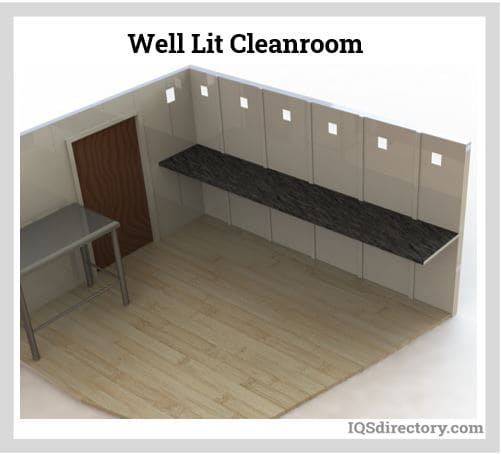
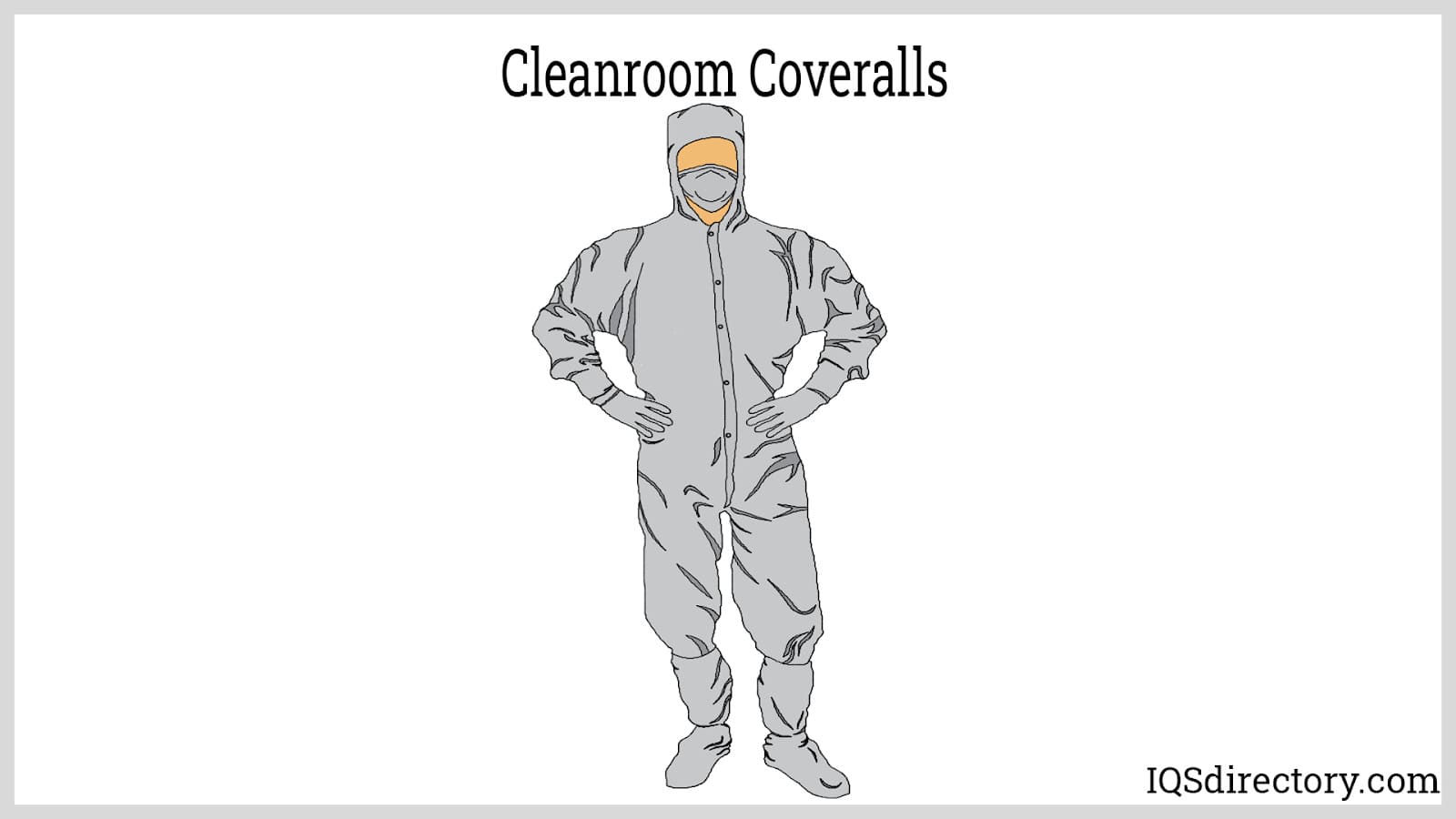
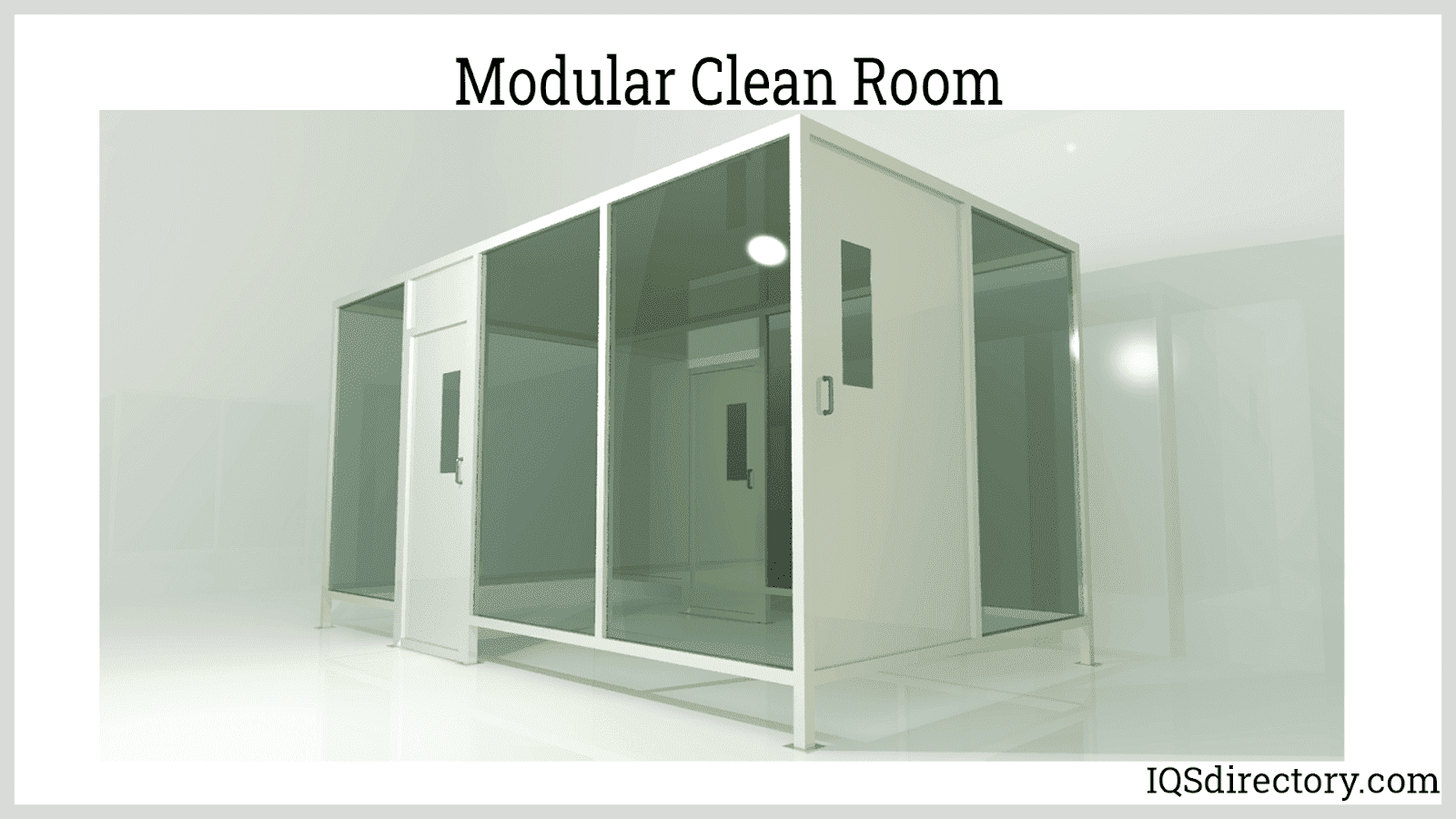
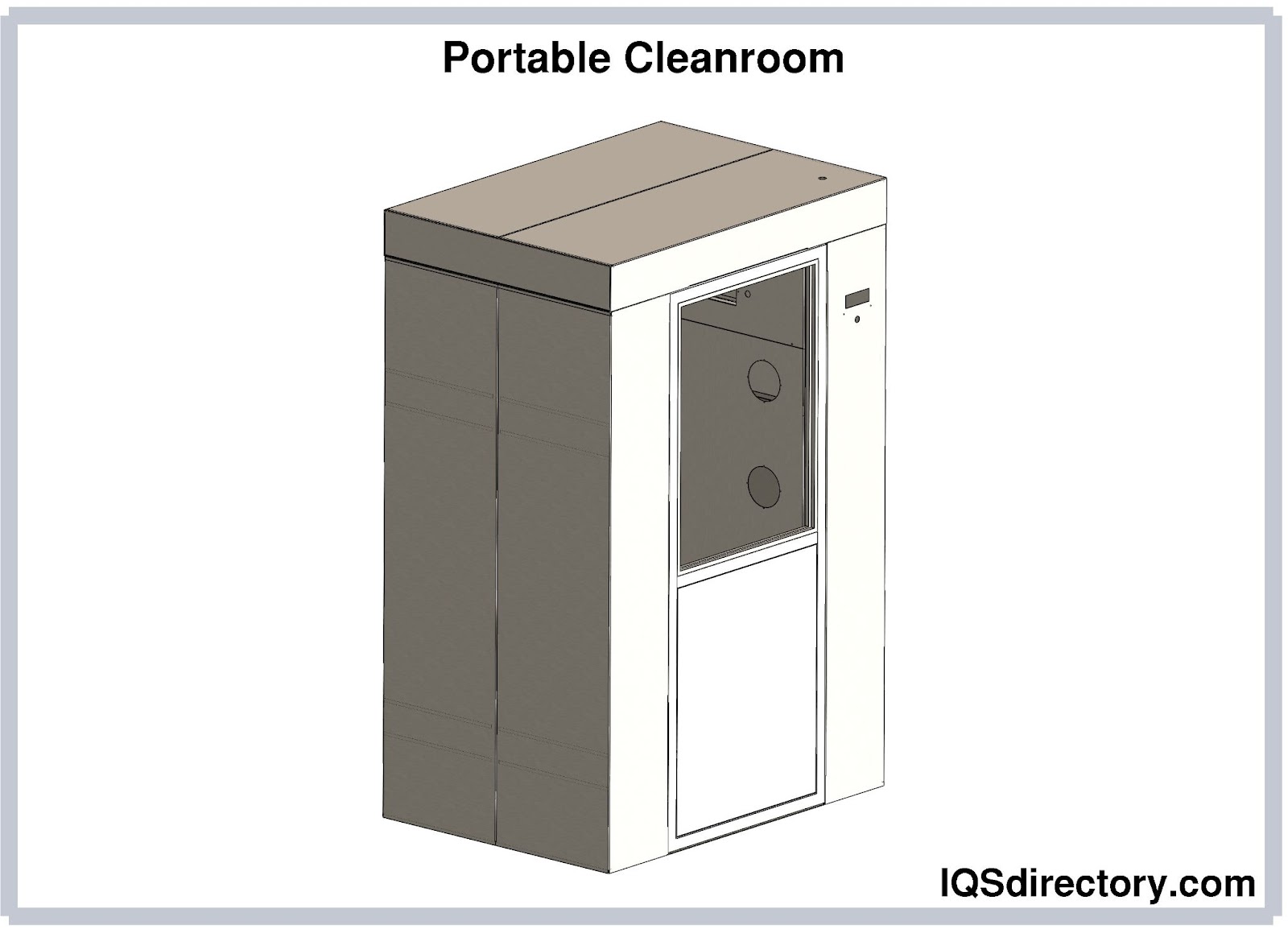
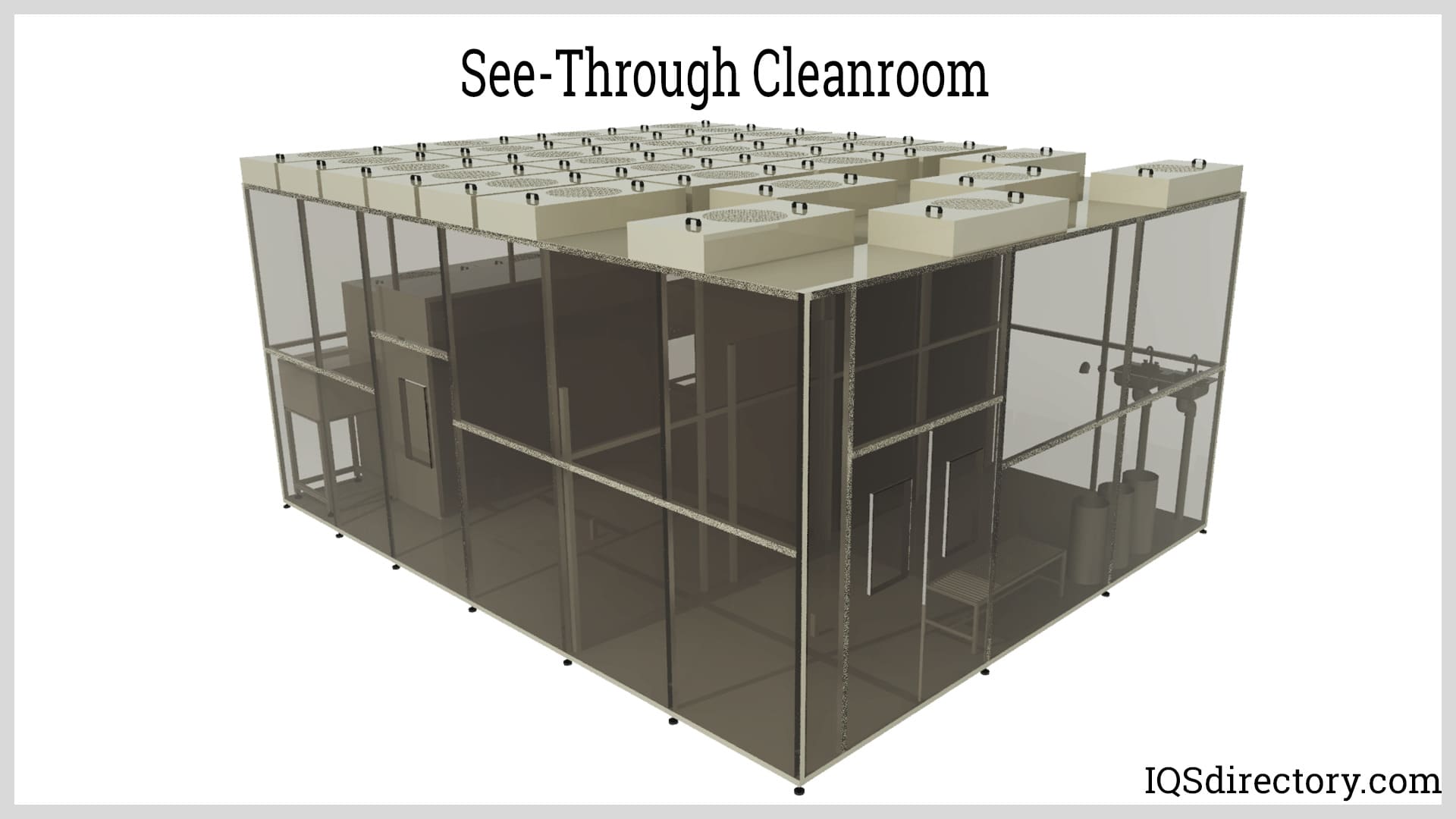
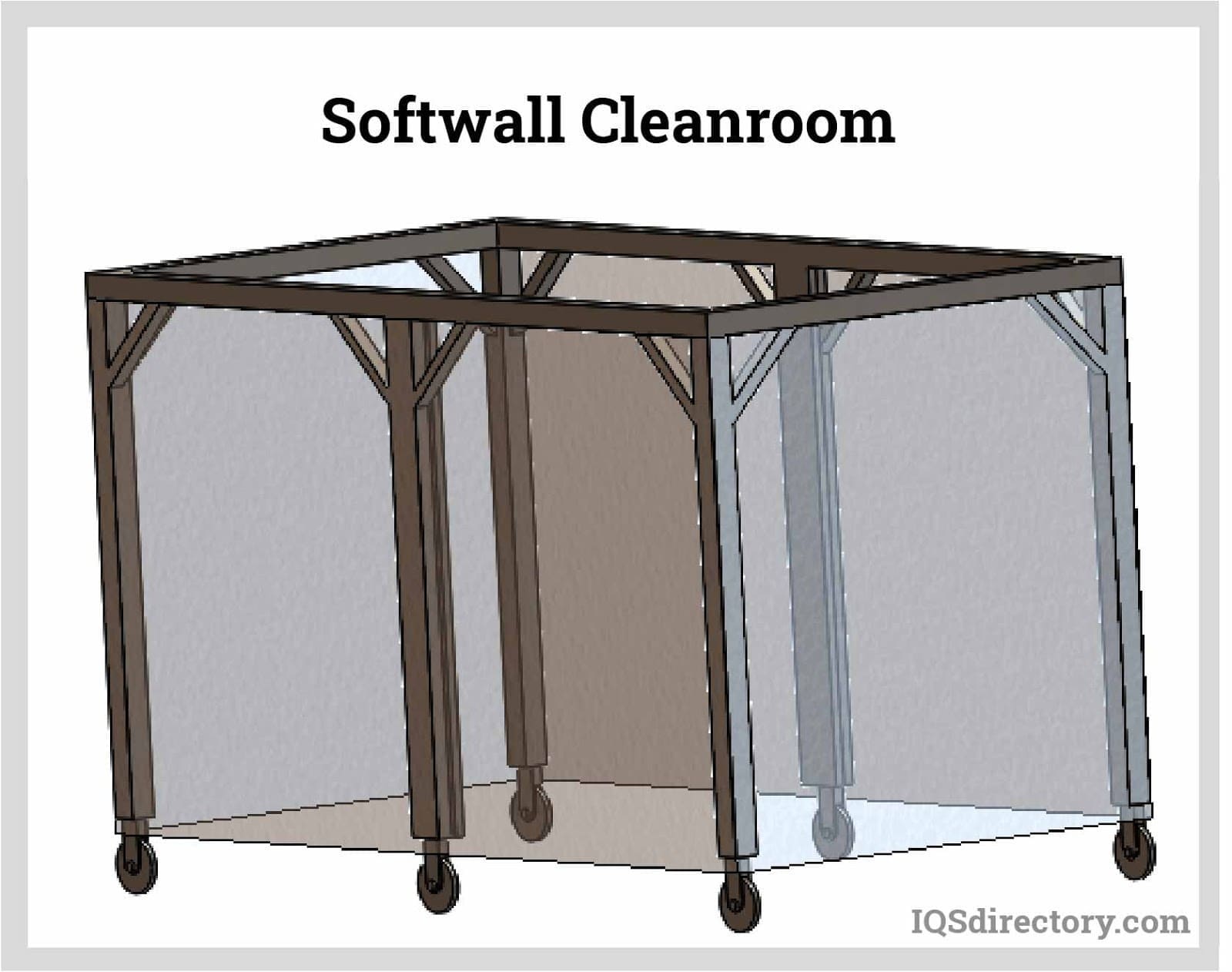
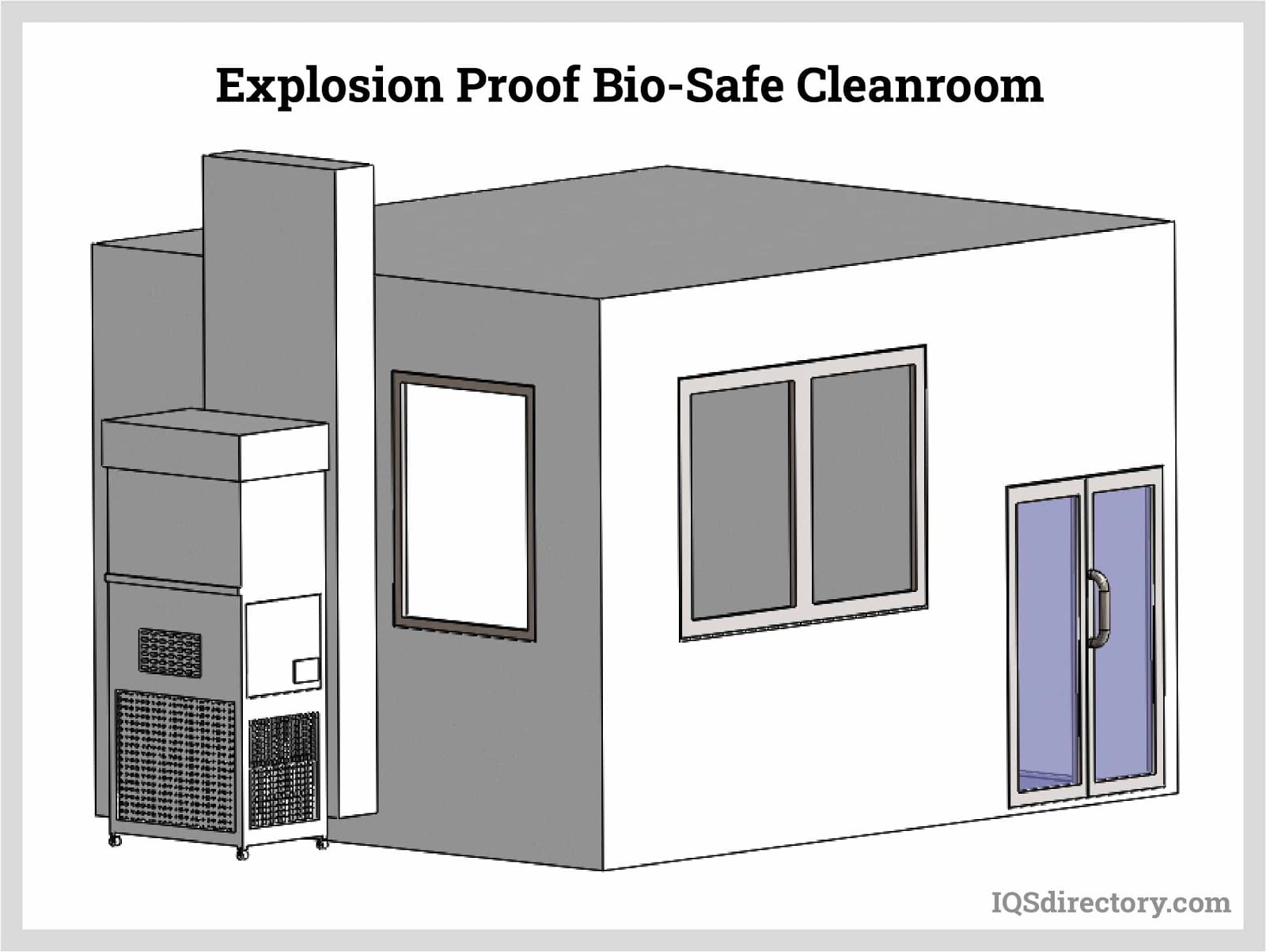
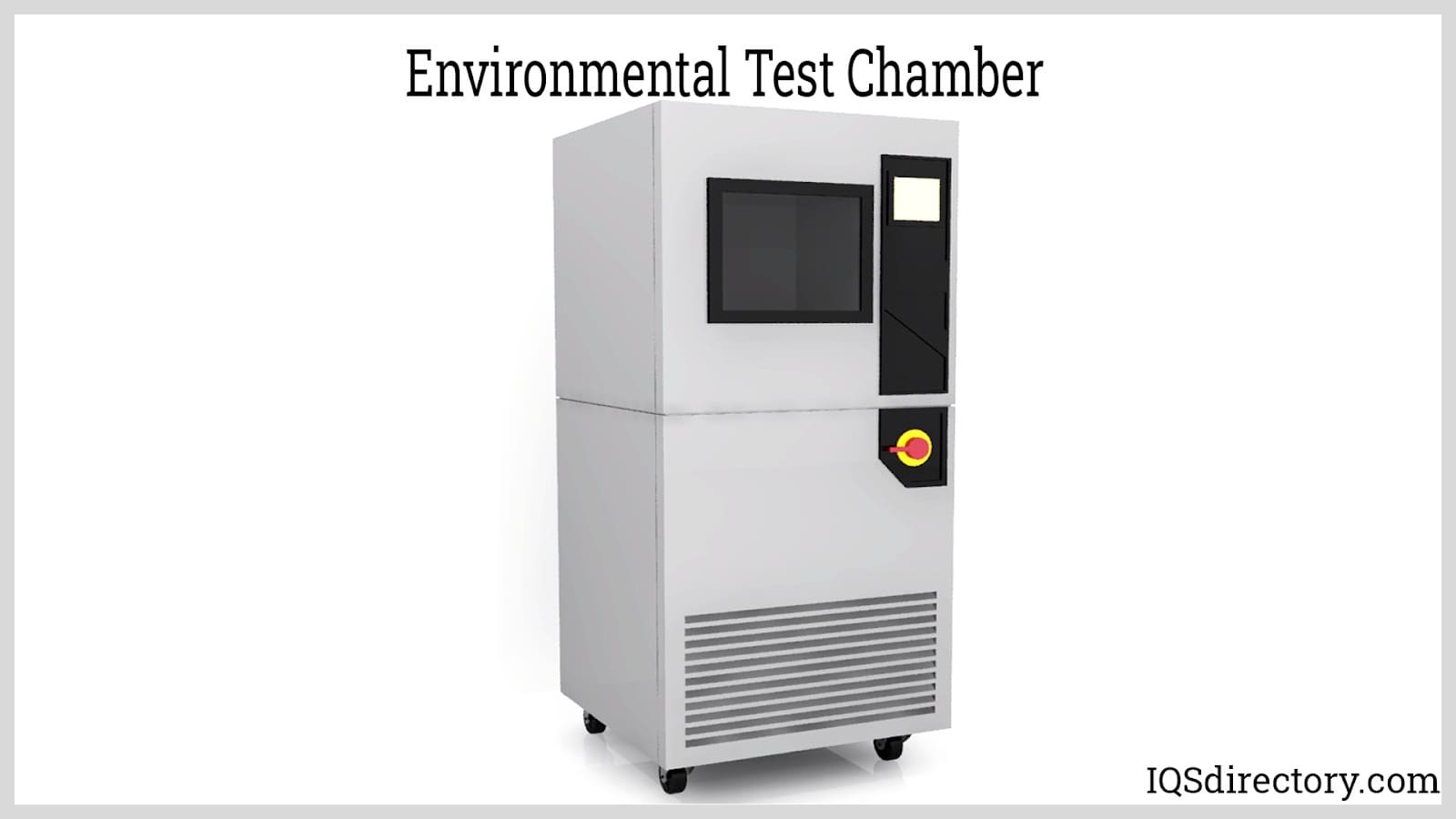
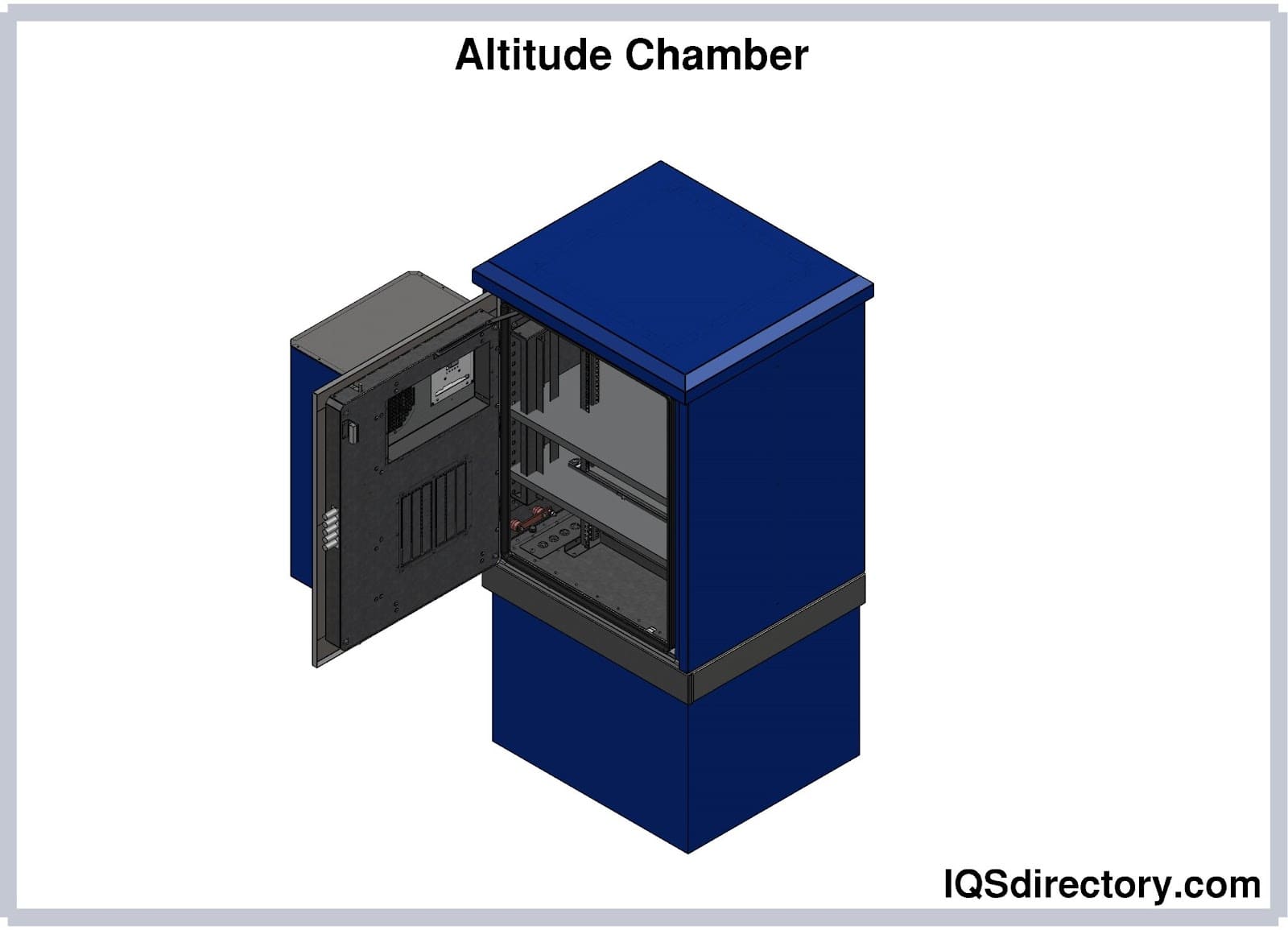
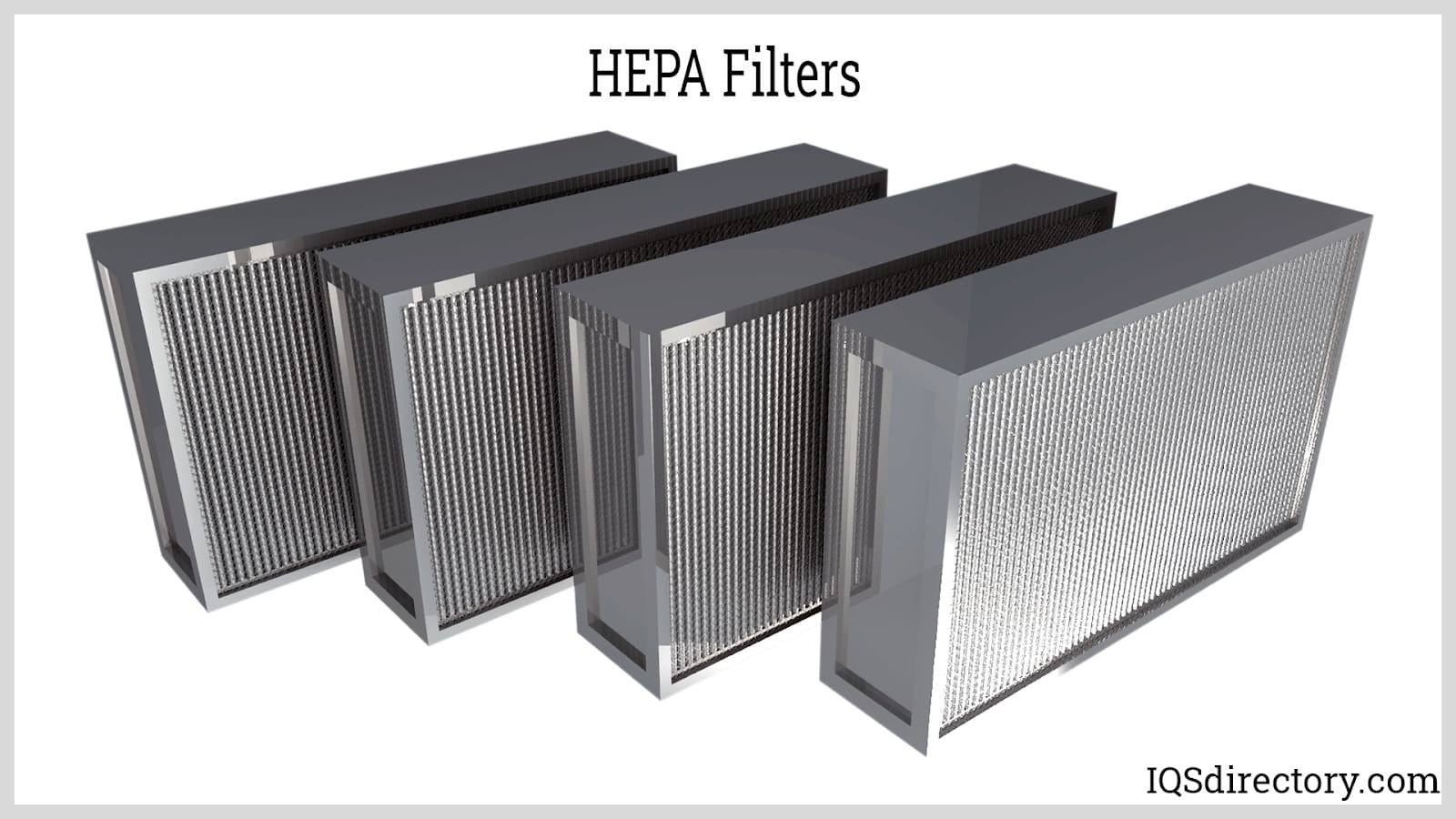
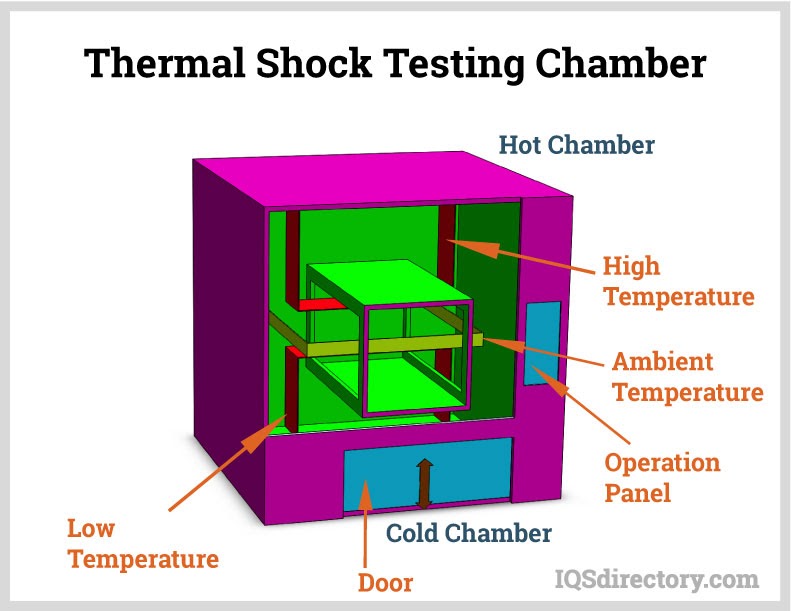
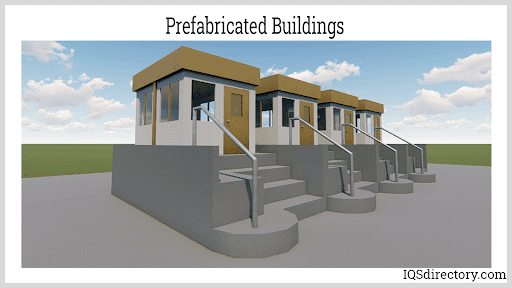
 Calibration Services
Calibration Services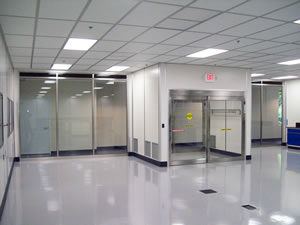 Clean Rooms
Clean Rooms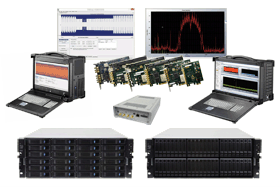 Data Acquisition Systems
Data Acquisition Systems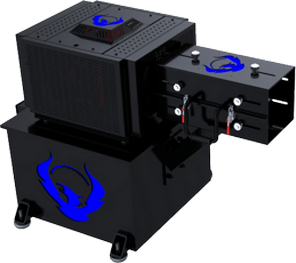 Dynamometers
Dynamometers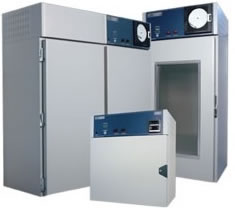 Environmental Test Chamber
Environmental Test Chamber Leak Detectors
Leak Detectors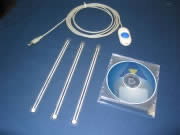 Load Cells
Load Cells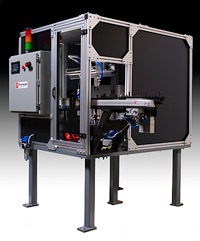 Machine Vision Systems
Machine Vision Systems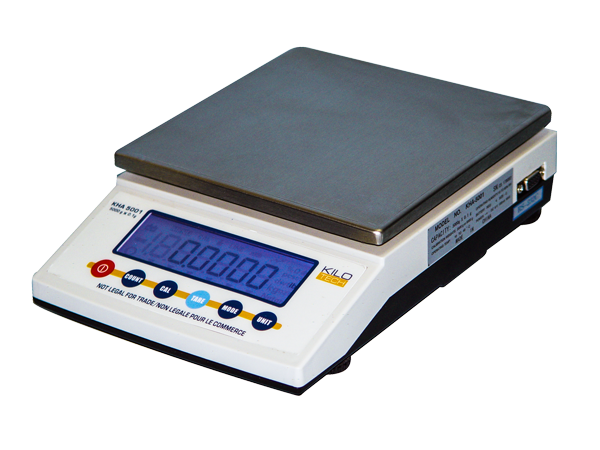 Scales
Scales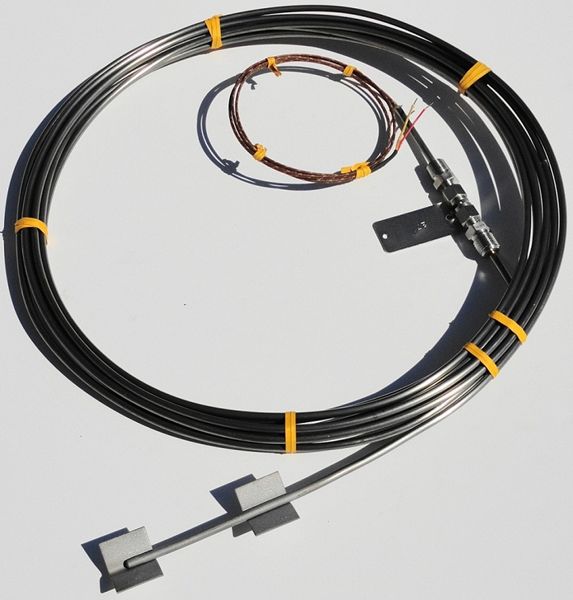 Thermocouples
Thermocouples Castings & Forgings
Castings & Forgings Bulk Material Handling
Bulk Material Handling Electrical & Electronic Components
Electrical & Electronic Components Flow Instrumentation
Flow Instrumentation Hardware
Hardware Material Handling Equipment
Material Handling Equipment Metal Cutting Services
Metal Cutting Services Metal Forming Services
Metal Forming Services Metal Suppliers
Metal Suppliers Motion Control Products
Motion Control Products Plant & Facility Equipment
Plant & Facility Equipment Plant & Facility Supplies
Plant & Facility Supplies Plastic Molding Processes
Plastic Molding Processes Pumps & Valves
Pumps & Valves Recycling Equipment
Recycling Equipment Rubber Products & Services
Rubber Products & Services